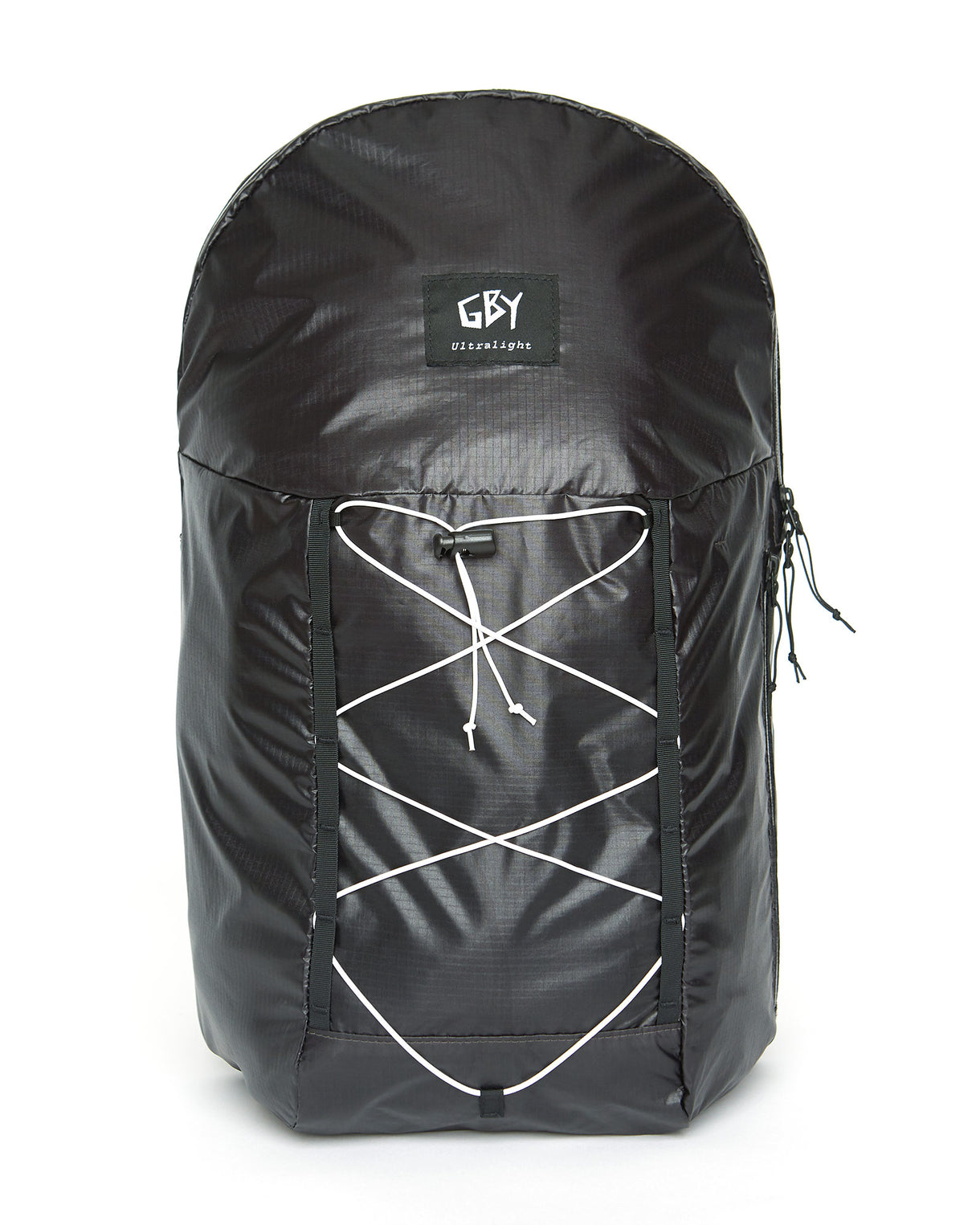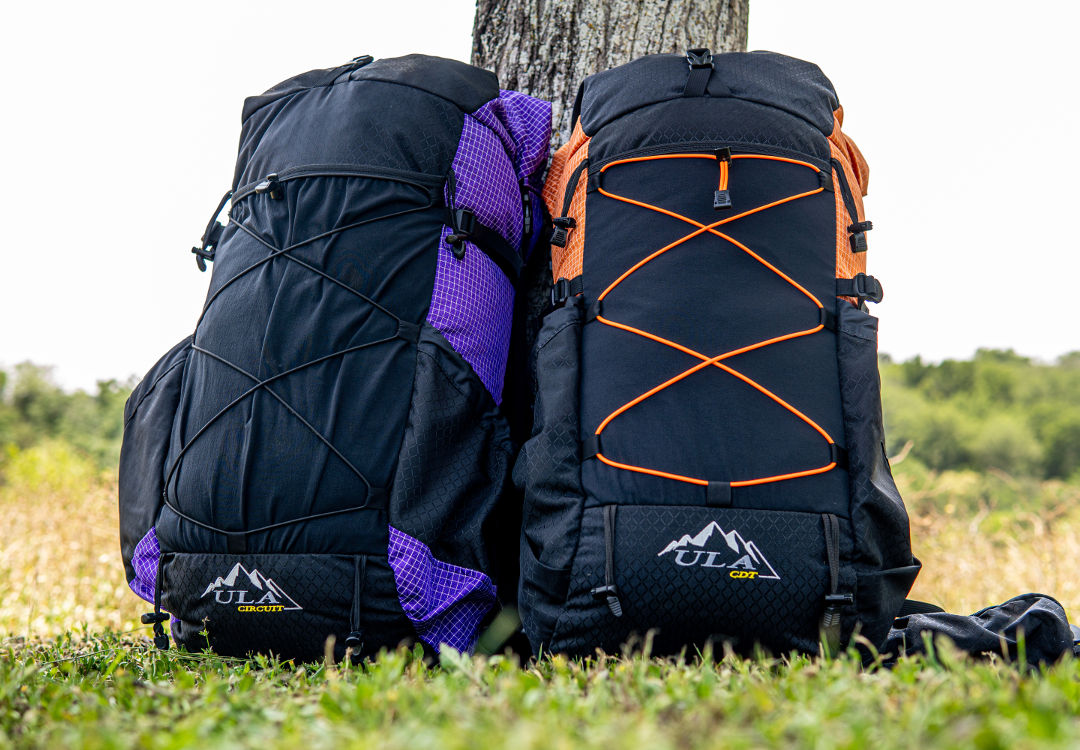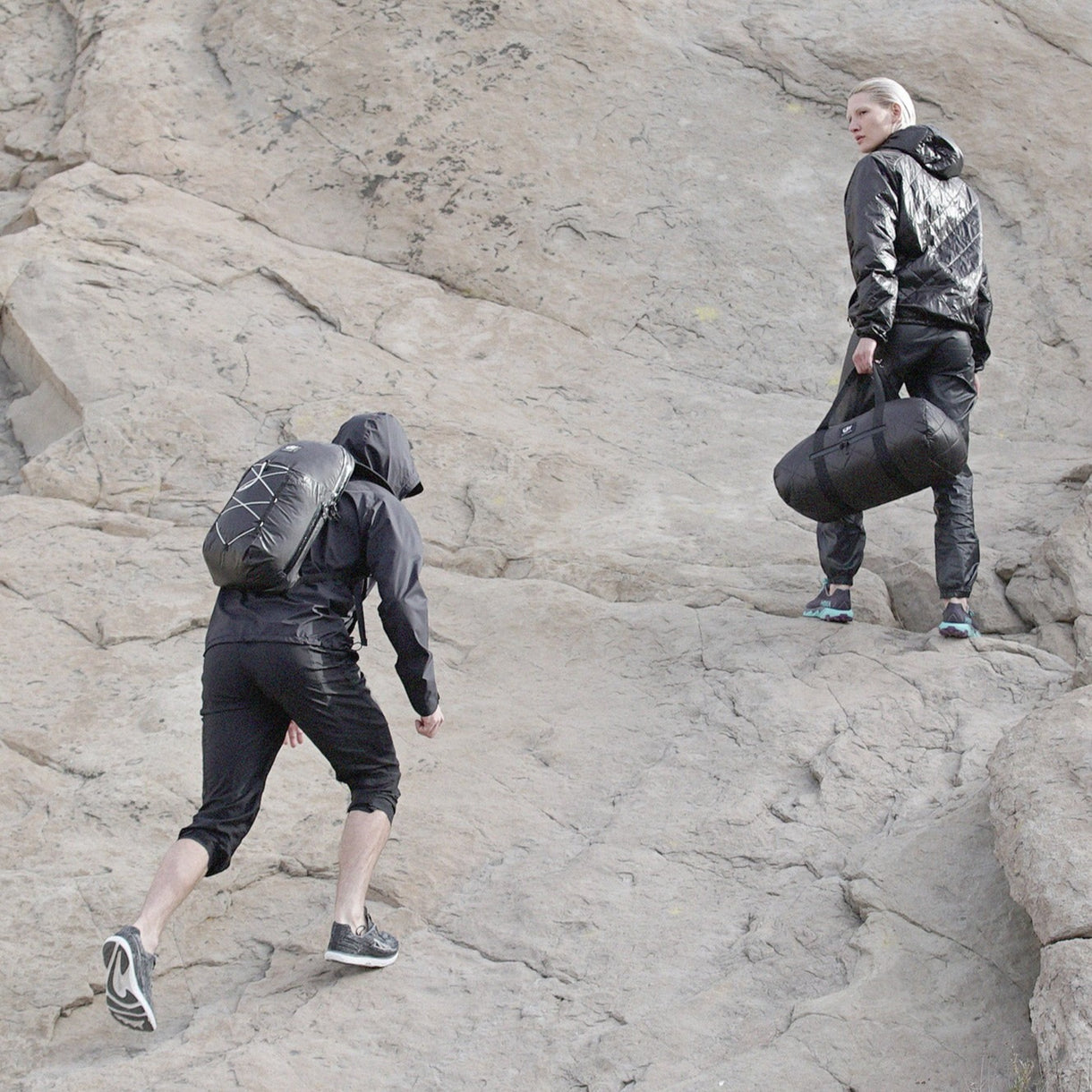When it comes to ultralight backpacking, choosing the right backpack can significantly impact your adventure. Whether you’re new to the concept or a seasoned trekker looking to lighten your load, understanding the differences between framed and frameless backpacks is key. In this guide, we’ll explore the features, benefits, and ideal use cases for each type to help you make an informed decision.

Understanding Framed Backpacks
Framed backpacks come with either internal or external frames, designed to provide stability and support during your hike. These frames help distribute the weight of your gear more evenly, making them ideal for carrying heavier loads over extended distances. With improved ventilation and load management, framed backpacks are a popular choice among backpackers tackling rough terrains.
The benefits of internal frames lie in their snug fit and added stability. Internal frames hug your body, providing added balance, especially useful when navigating tricky trails. External frames, on the other hand, excel at carrying large, bulky items due to their rigid structure. This option is perfect for long expeditions where carrying extra gear, like tents or sleeping bags, is necessary.
Exploring Frameless Backpack Advantages
Frameless backpacks are a top pick for those seeking to cut down on weight and bulk. Without a frame, these packs are incredibly lightweight and offer a more minimalist approach to packing. They are best suited for shorter trips or experienced hikers who have mastered the art of packing light. Discover the freedoms and challenges associated with frameless backpacks in this section.

One of the key attractions of frameless backpacks is their flexibility. These packs conform to your body, allowing for greater freedom of movement, which is a major advantage on rugged trails. Additionally, they can be compressed to fit a variety of storage needs. However, transitioning to frameless requires adjustment, particularly in learning efficient packing to prevent back strain and ensure a comfortable journey.
Considerations for Load Weight and Comfort
The amount of gear you need to carry plays a crucial role in determining the type of backpack you should choose. Framed backpacks excel at weight distribution, making them more comfortable for carrying heavier loads. On the other hand, frameless backpacks prioritize weight savings but require efficient packing techniques to maintain comfort. Learn how to balance weight and comfort based on your backpack choice.

When factoring load weight, consider the importance of strategic packing. Proper weight distribution is paramount, especially in frameless designs. Using effective packing techniques such as placing heavier items closer to the body and lighter items towards the top, can greatly enhance comfort. Furthermore, understanding your tolerance to varying load weights is key to ensuring a more enjoyable trek.
Ultimately, comfort is subjective and can evolve with experience. Trying different backpack configurations during varied hiking scenarios can help find your perfect fit. No matter the choice, always remember that a well-chosen backpack can be a hiker’s best friend in optimizing both endurance and enjoyment on the trail.
Terrain and Trip Length Implications
The nature of the terrain and the length of your trip are important factors to consider when selecting between a framed or frameless backpack. Framed backpacks offer more support for rocky or uneven paths, while frameless options might suit easier trails. Analyze your hiking environment to determine which backpack will enhance your experience and ensure safety.

For terrain involving steep ascents and uneven terrain, a framed backpack’s structured design can offer the necessary support and balance. This added stability is crucial when hiking through areas where footing is uncertain. Conversely, on well-trodden, smoother paths, a lighter frameless pack can enhance agility and speed, allowing you to cover more ground in less time.
Personal Preference and Experience Impact
Ultimately, choosing between a framed and frameless backpack boils down to personal preference and hiking experience. Some hikers appreciate the structured feel and enhanced support of frames, while others enjoy the freedom and simplicity of frameless designs. Reflect on your past experiences and needs to find the backpack that aligns best with your style and outdoor goals.
Experience plays a pivotal role in this decision. Seasoned hikers may prefer frameless options after mastering ultralight packing techniques, while beginners might find the support of a framed backpack reassuring as they hone their skills on more challenging trails. Gaining experience in varied conditions will help you refine your approach to ultralight backpacking and choose the design that best suits your future adventures.








